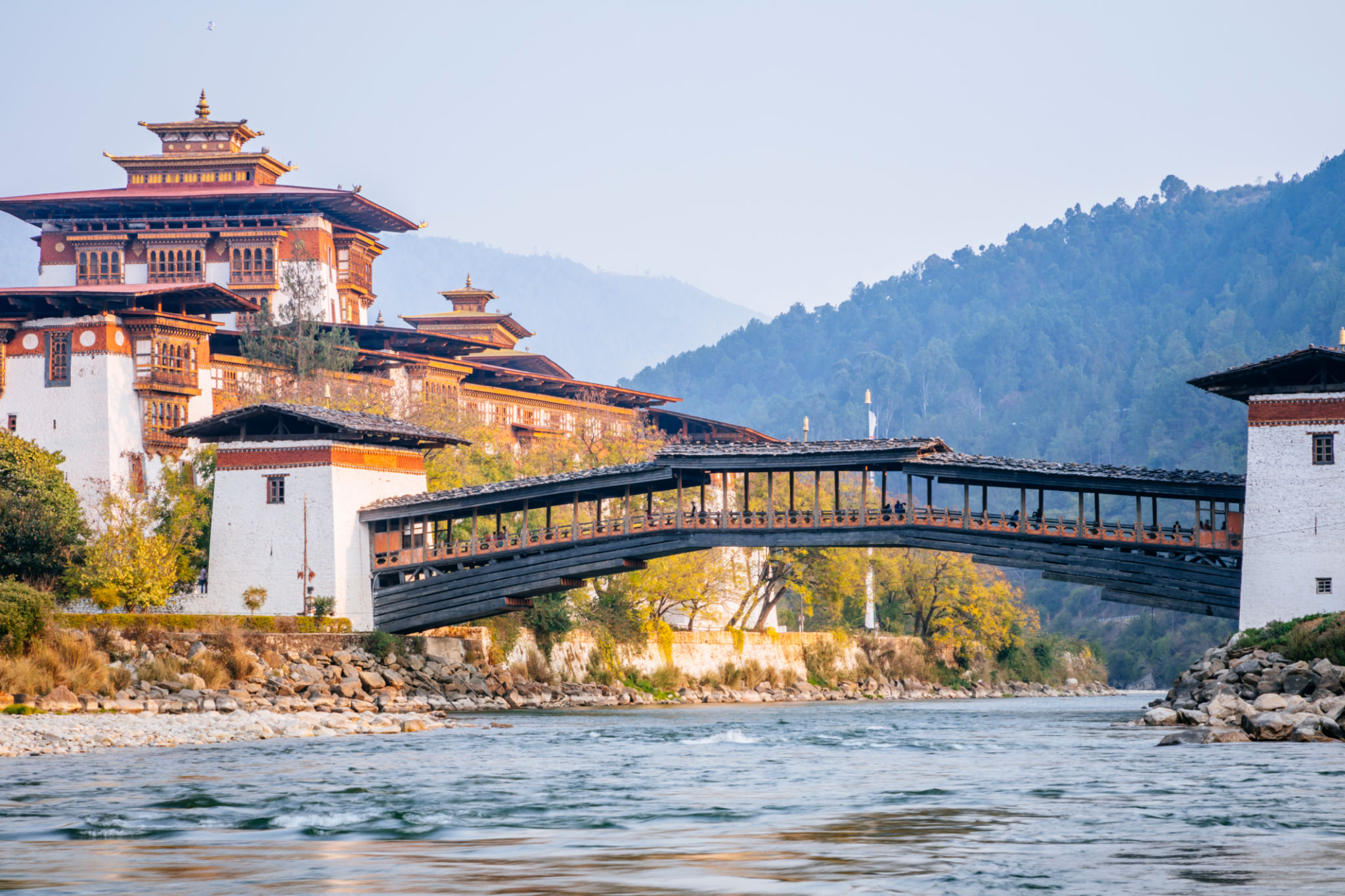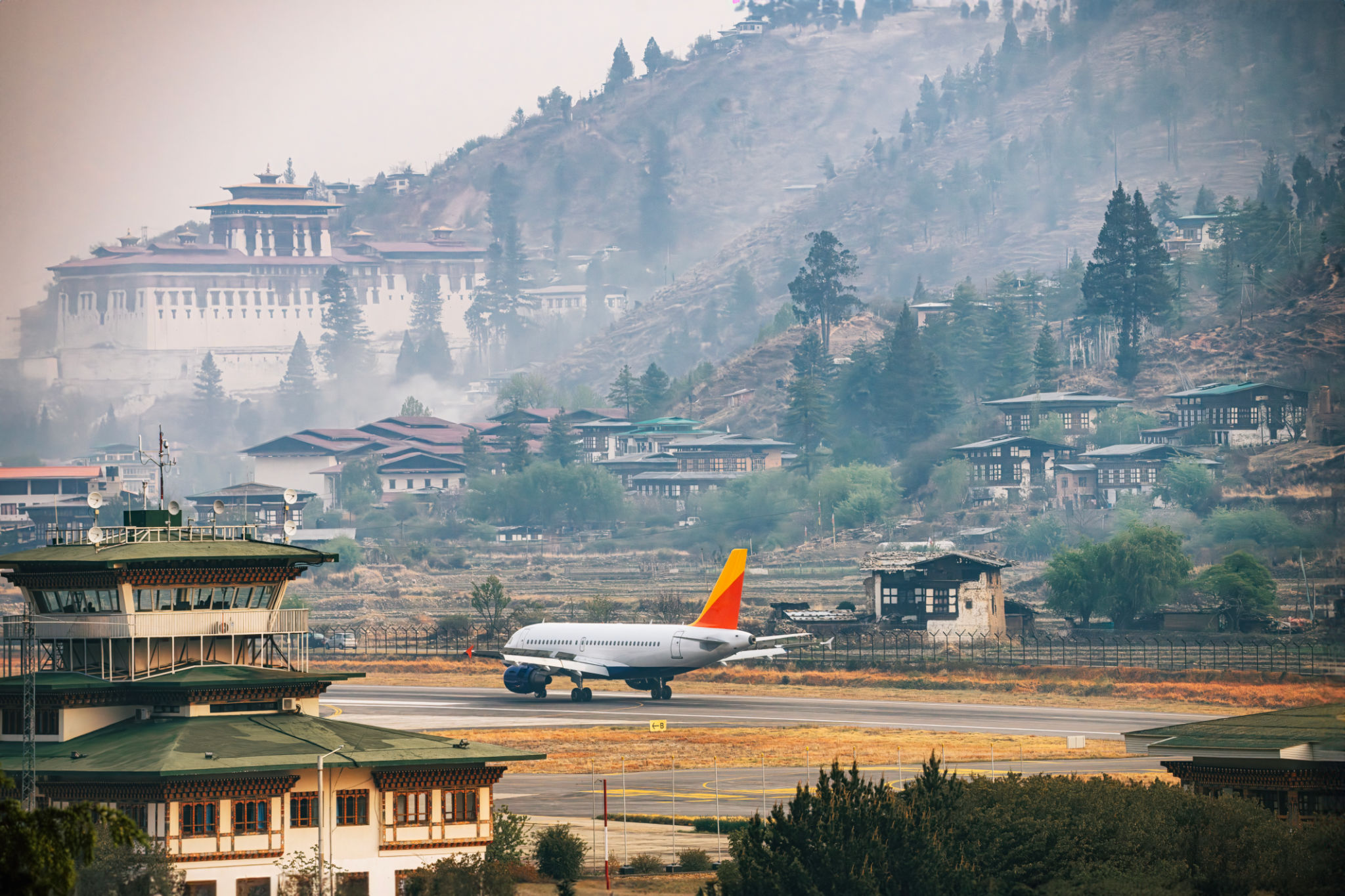Expert Tips for Planning a Safe and Memorable Trek in Bhutan
Understanding Bhutan's Trekking Landscape
Bhutan, known as the "Land of the Thunder Dragon," offers some of the most breathtaking trekking experiences in the world. With its rich culture, pristine landscapes, and the majestic Himalayas as a backdrop, Bhutan provides an unparalleled adventure for trekking enthusiasts. However, planning a trek in Bhutan requires careful consideration of various factors to ensure both safety and enjoyment.

Choosing the Right Trek
Bhutan offers a variety of treks suitable for different skill levels, from leisurely walks to challenging high-altitude expeditions. It's essential to select a trek that matches your fitness level and experience. Popular treks include the Jomolhari Trek, Druk Path Trek, and the Snowman Trek, each offering unique views and experiences. Research and consult with local experts to choose a trek that aligns with your interests and abilities.
Timing Your Trek
The best time to trek in Bhutan is during the spring (March to May) and autumn (September to November) seasons. These periods offer clear skies and moderate temperatures, ideal for trekking. Avoid the monsoon season (June to August) as trails can become slippery and dangerous. Additionally, winter treks are possible but require more preparation due to cold temperatures and potential snowfall.

Preparing for the Trek
Acquiring Necessary Permits
Trekking in Bhutan requires a visa and specific permits, which must be arranged through a registered Bhutanese tour operator. The government imposes a daily tourist tariff, which includes accommodation, meals, transportation, and guide services. Ensure all necessary paperwork is completed well in advance to avoid any last-minute issues.
Packing Essentials
Proper gear is crucial for a successful trek. Pack lightweight, moisture-wicking clothing suitable for layering, a sturdy pair of hiking boots, a hat, gloves, and sunglasses. Don't forget essentials like a first-aid kit, water purification system, and high-energy snacks. A quality backpack to carry your gear comfortably is also important.

Staying Safe on the Trail
Acclimatization and Altitude Awareness
Bhutan's treks often involve high altitudes, which can pose risks such as altitude sickness. Take time to acclimatize by spending a few days at higher altitudes before beginning your trek. Pay attention to your body's signals and descend immediately if you experience symptoms like headaches or dizziness.
Respecting Local Culture
Bhutanese culture is deeply rooted in Buddhism, and it's important to respect local customs and traditions during your trek. Dress modestly, ask for permission before photographing people or religious sites, and follow your guide's advice on cultural etiquette. This respect will enrich your experience and foster positive interactions with locals.

Making the Most of Your Trek
Engaging with Local Guides
Hiring a knowledgeable local guide can greatly enhance your trekking experience. Guides provide insight into Bhutan's history, culture, and natural environment, making your trek more enriching and enjoyable. They also ensure your safety by navigating trails and managing logistics efficiently.
Cherishing the Experience
Trekking in Bhutan is not just about reaching the destination but also about immersing yourself in the journey. Take time to enjoy the stunning landscapes, engage with local communities, and appreciate the serene environment. Capture memories through photos but also take moments to disconnect from technology and truly savor the experience.
By following these expert tips, you can plan a safe and memorable trek in Bhutan, leaving you with experiences that will last a lifetime.
